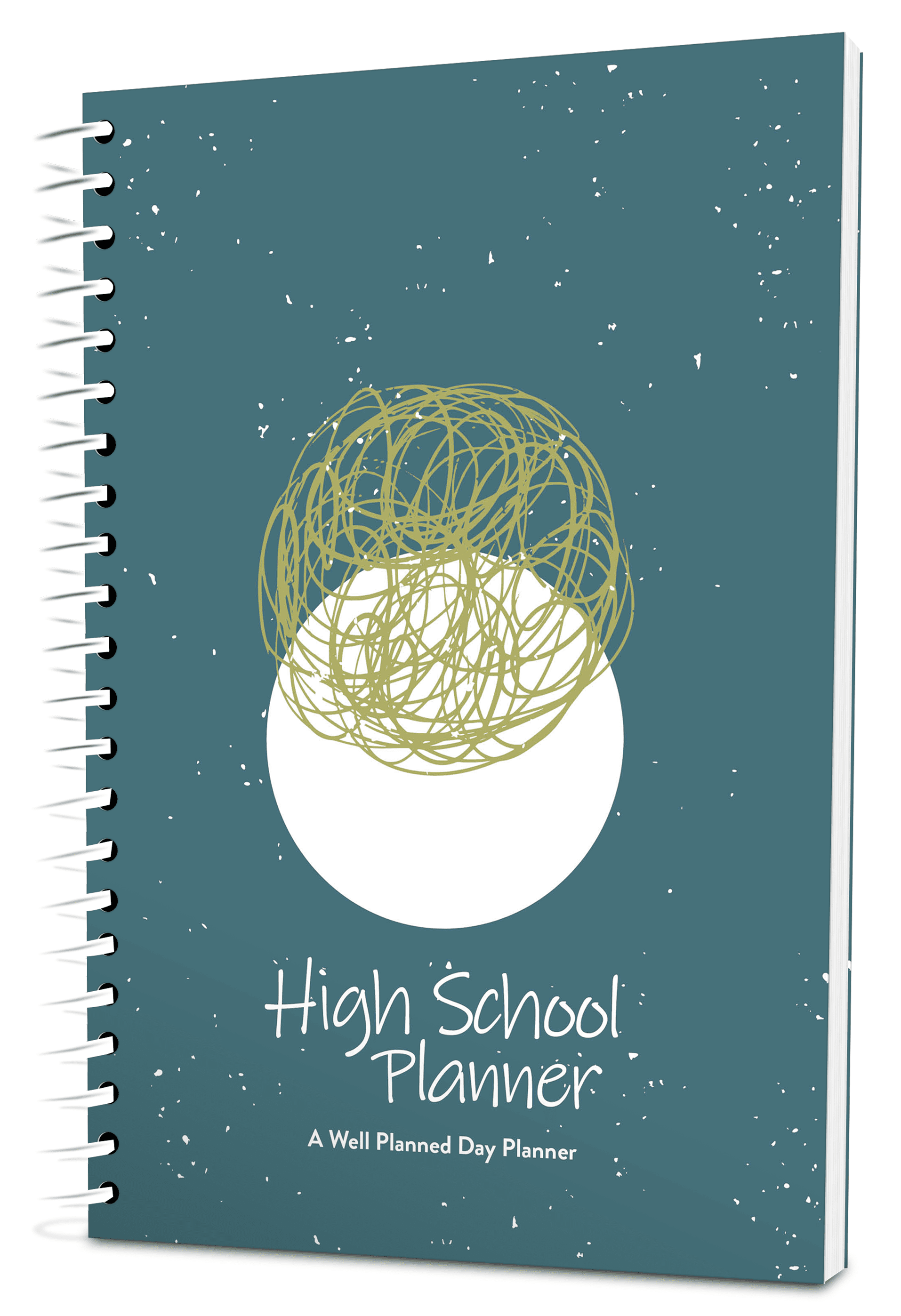One of the first questions I hear from moms who are seriously considering homeschooling is the question of whether or not they are actually capable of teaching. They don’t question their qualification when it comes to knowing what their children need. But, academics themselves scare them.
And now for confession time: they scare me, too. They always have. I grew up the daughter of brilliant parents. I had siblings who were either quick-witted, phenomenally creative, highly intelligent, or a combination of the above. What they lacked in one area, they made up for in another.
In the middle of it all, I felt very average. Always a perfectionist, I could not be satisfied with anything less than my best. So, my grades never reflected the struggle I felt raging within my brain as I often simply memorized instead of truly learning. My outward achievements masked just how ignorant I felt in the midst of a family of obvious intelligence and talent.
How in the world could I ever be capable of teaching anyone anything, much less capable of teaching my children everything? And yet, of all of my siblings, I became the homeschooler.
When I began homeschooling, the first thing I noticed was just how much I was learning as I taught my children. My own hunger for information and understanding amazed me. It became apparent very quickly that, although I would likely struggle with certain subjects, I was in for a phenomenal experience of learning and growing right alongside my children.
I’ve come a long way from those first years of homeschooling, but I continue to learn and grow alongside my children, even as they graduate and progress to adulthood. Looking back, I see three ingredients for homeschooling and teaching that have helped me along the way.
Teaching Starts with Humility
Often when we are strong in an area, we radiate confidence. We have such a solid grasp of the topic at hand that we have few doubts as we pour out our knowledge upon our young learners.
Unfortunately, those are frequently the areas where we fall the hardest. Perhaps we know the subject a bit too well, and we forget what it was like to start from scratch. So, we become impatient in our teaching or we don’t communicate well. Or maybe we discover just how different we are from our sweet angels, because their strengths just do not match up with ours!
We then become amazed when the topics we feared the most – the ones which reveal our deepest ignorance – become the most easily taught. Why? Because as we are teaching these subjects, we have to be learning them, too.
What if we were to begin all teaching from this point? What if we were to exemplify to our children that there is always more to learn? More growth to be had? When we stop and see just how much there is to learn, we can more easily connect with the blank slate that makes up our children’s educational understanding. We can start from the beginning with them, growing relationships with them through the process of learning.
But, in order to start our teaching from this point, we have to adopt an attitude of humility, willingly admitting just how much we have to learn. We must choose to show our love to our children by allowing them to catch a glimpse of our weaknesses.
And through it all, they learn so much more than academics. They learn what it means to choose humility. To be motivated in all of their work by love rather than by a drive for perfection.
Teaching Continues with Work
Some days, I wish it all ended there. I wish I could just adopt that attitude of love and humility in my teaching and watch everything else work its way out. But, this is the point where the teaching versus knowing reality truly shows itself.
Knowing is static. We have the knowledge, and we can choose what we desire to do with it. But, ultimately, it’s just there. Even if we need a refresher now and then, the knowledge is always available to pull up when we need it.
Teaching, on the other hand, is never-ending work. Please hear me: I do not say this to discourage you! But, I do say it to prepare you. We may be learning with our children, but as the parents and teachers, we also have to stay ahead of our children as we learn together. We always have to know just a wee bit more. Even if it is only the information to get through today, we have to be ready to know.
That takes work.
When I was in college, instead of getting to take a normal math class my freshman year, I had to take pre-calculus to satisfy the requirements of my major. I did not love math. At all. Although I’d made A’s in both Algebra 1 and Algebra 2, I never truly understood the concepts. And now I was having to tackle pre-cal.
The moment the professor walked into the room and began teaching, I knew I was in trouble. As a math “expert,” my professor felt that teaching pre-cal was beneath her. So, she wasted none of her effort or energy preparing for our class. Instead, she walked into class, opened a textbook she’d never bothered to crack open before, and began to ramble through a “lesson.”
Throughout the semester, she taught as if we all already knew the material and were forced to engage in idiocy for a credit.
Somehow, miraculously, I came out of that class with a C (and a solid realization that I needed a different major!). But I can’t help but wonder what would have happened to that grade if my professor had spent just a few minutes before class familiarizing herself with the content of each lesson. Planning. Preparing, even for something that she felt beneath her.
Would I have actually learned instead of just barely surviving?
She knew the material. But, never once did she actually teach it because she refused to put any work into the process. Whether we know something well or are learning right alongside our children, the best thing we can do for them is show our love through our work of preparation.
Teaching Finishes with Patience and Confirmation
Humbly learning alongside our children and being willing to put some work into our teaching only go so far if we do not follow through with patience and wait for a confirmation of understanding.
The point of teaching and homeschooling is not to progress through a curriculum or reach a completion goal. Instead, teaching is about our students. It is about ensuring that they are not just memorizing random facts but are truly learning, grasping the subject at hand.
This will manifest itself differently throughout the different stages of learning. For an early learner, success is often less about what information they have learned and more about how well they maintain a love for learning.
If we burn our children out and turn them off to learning before they finish first grade, we have not taught successfully. But, whether or not they can truly read or know all of their math facts, if they launch solidly into elementary school with a passion for learning, we have taught them well. The information will come as their brains are prepared for it.
Through the Getting Excited stage of elementary school, successful teaching will often be revealed through a retention of facts.
Then, in the Beginning to Understand middle school grades, a connection of the dots will show confirmation as the facts they learned in elementary begin to make sense on a deeper level.
Finally, the high school Learning to Reason years bring delight as our students hash through the implications of the knowledge they are learning. There’s little more exciting than hearing a teenager express personal thoughts in connection to an event from history or a chapter from a recent book.
Because all children learn differently, though, this confirmation will not look the same from child to child. This is where the patience comes in.
Knowing something tells us that once someone else has received the facts and answered a few questions properly, it’s time to move on. But teaching waits with patience until the information being taught is consumed, processed, and able to be re-communicated in the child’s own words.
Knowledge is static. Teaching is organic.
Knowledge breeds pride and confidence, which is not automatically a bad thing! But, teaching – oh, my friends, teaching breeds relationships. Teaching breeds connections. Teaching breeds depth. And that is the real distinction between teaching and knowing.













